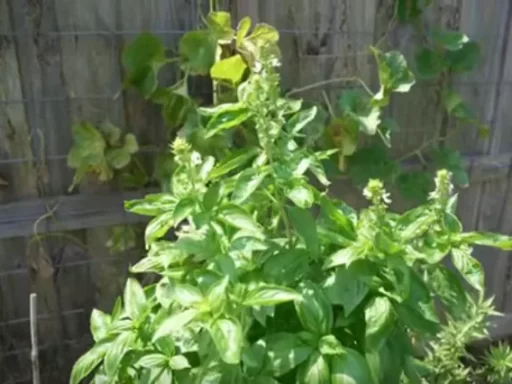Growing lettuce at home can be incredibly rewarding. Whether you’re aiming for crisp romaine or tender red leaf varieties, understanding how to cater to different types of lettuce is essential. With the right methods, you can enjoy fresh, delicious lettuce throughout the year. Here’s how to grow the best lettuce in five easy steps.
Step 1: Choose the Right Lettuce Varieties
Selecting the appropriate type of lettuce is key. Many gardeners mistakenly assume that all lettuce thrives in cool weather, but that’s not the case. Some lettuces are better suited for warm seasons, while others prefer cooler temperatures.
- Warm Season Lettuce: For example, Romaine varieties like ‘Giant Caesar’ thrive when daytime temperatures are in the 70s and low 80s. They don’t tolerate frost well and should be harvested before the first frost. If you’re in a location with warm summers like the Southeastern coast of North Carolina, consider planting these varieties in late summer, starting them indoors and then transplanting them outdoors in early October.
- Cool Season Lettuce: On the other hand, varieties like ‘Red Sails’ prefer cooler weather. Daytime highs in the 70s and 80s can cause them to turn bitter, but they tolerate low temperatures down to 20°F with little to no damage. These should be planted in late fall, when the weather cools down, for the best results.
Step 2: Start Warm Season Lettuce Indoors
If you’re growing warm-season lettuce, it’s crucial to start your seeds indoors, especially in regions where the weather transitions quickly from winter to summer. Romaine lettuce, for example, has a longer growth period and requires more days to mature.
- Spring Planting: Start seeds indoors about six weeks before the last expected frost. Keep the trays in a warm, sunny spot or under grow lights to ensure proper growth. Transplant them outdoors once the danger of frost has passed. Harvest your Romaine before temperatures rise above 88°F, as heat can make the leaves bitter.
- Fall Planting: Similarly, for fall, start your seeds indoors around mid-August. Once the weather cools down in early October, transplant your seedlings outdoors. To prevent heat damage, consider using shade cloth during hot days until the weather becomes cooler.
Step 3: Grow Cool Season Lettuce Outdoors
Cool-season lettuces, such as leaf lettuces, should be direct-seeded outdoors. These varieties generally have shorter growing periods, and they don’t require as much sunlight as warm-season varieties.
- Direct Seeding: Sow your cool-season lettuce seeds directly into the ground in late fall or early winter. Since they mature quickly, you can expect to harvest them in as little as 20 days for leaf lettuce, or wait up to 45 days for full heads.
- Cut and Come Again: Many gardeners prefer to harvest cool-season lettuce by cutting off outer leaves, allowing the plant to regenerate for future harvests. Fertilize with nitrogen-rich products like fish emulsion to encourage rapid leaf regrowth.
Step 4: Plant Lettuce Seeds in Trays

To get the best start for your lettuce, especially for warm-season varieties, begin by planting your seeds in seed trays.
- Prepare the Tray: Use a 72-cell transplant tray and fill it with a seed-starting mix. Moisten the mix before planting. After filling, tamp the soil down slightly to make room for the seeds.
- Planting: Place three to four seeds in each cell to account for lower germination rates. Cover them with a thin layer of soil and water lightly. Keep the tray indoors in a warm location (around 77°F), which is ideal for germination. If needed, use a seedling heat mat to maintain warmth.
Step 5: Use Shade Cloth and Plant Covers
Gardening success often depends on how well you can protect your plants from unpredictable weather. Shade cloth and frost fabric are invaluable for maintaining optimal growing conditions.
- Shade Cloth: If your summer temperatures are extreme, installing shade cloth over your garden beds can help protect your lettuce from intense sun. This is especially useful for delicate summer vegetables and warm-season lettuce varieties.
- Frost Fabric: In winter, use agricultural fabric to protect your cool-season lettuce from hard frosts. This is particularly important for areas with occasional temperature drops, as frost can cause leaf damage. Proper covering can help your lettuce survive even the harshest winter conditions.
Conclusion
By following these five easy steps, you can grow delicious lettuce year-round. Remember to choose the right varieties for your climate, start warm-season lettuce indoors, and protect your plants from extreme weather. With proper care, you’ll enjoy fresh lettuce straight from your garden.






